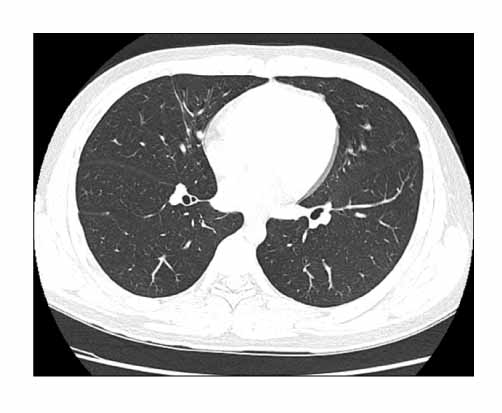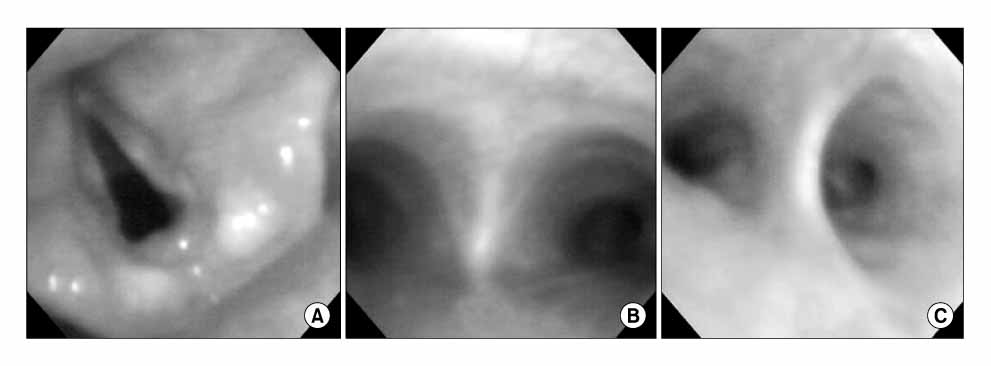Tuberc Respir Dis.
2008 Nov;65(5):396-399.
A Case of Factitious Hemoptysis
- Affiliations
-
- 1Department of Internal Medicine, Division of Pulmonary and Critical Care Medicine, Chonnam National University Medical School, Gwangju, Korea. kyionly@chonnam.ac.kr
Abstract
- Factitious hemoptysis is the bleeding type of Munchausen's syndrome, and this describes a group of patients who intentionally produce symptoms. Because factitious hemoptysis is a very rare manifestation of hemoptysis, it generally passes unnoticed. We report here on a case of factitious hemoptysis in a 15-year-old boy who presented with hemoptysis. During his three hospitalizations, we conducted many diagnostic procedures, including chest CT, laryngoscopy, bronchoscopy and bronchial arteriography, yet we failed to find the definitive cause of the patient's hemoptysis. He kept on complaining of repetitive hemoptysis and seizure-like activity. His father discovered that he had collected his blood into the specimen cup via an intravenous line. After we removed the intravenous line, he did not show blood to us again. We suggest that factitious hemoptysis should be considered in the differential diagnosis of hemoptysis of an unclear bleeding focus, and especially when the patient has a bizarre hospital course or unusual behavior. We also include a review of the relevant literature.
Keyword
MeSH Terms
Figure
Reference
-
1. Weinberger SE, Lipson DA. Fauci AS, Braunwald E, Kasper DL, Hauser SL, Longo DL, JamesonLoscalzo J JL, Loscalzo J, editors. Cough and Hemoptysis. Harrison's principles of internal medicine. 2008. 17th ed. New York: McGraw-Hill;225–228. Chapter 34.2. Huffman JC, Stern TA. The diagnosis and treatment of Munchausen's syndrome. Gen Hosp Psychiatry. 2003. 25:358–363.3. Baktari JB, Tashkin DP, Small GW. Factitious hemoptysis: adding to the differential diagnosis. Chest. 1994. 105:943–945.4. Folks DG, Freeman AM 3rd. Munchausen's syndrome and other factitious illness. Psychiatr Clin North Am. 1985. 8:263–278.5. Kitchens CS. Pulmonary Munchausen syndrome. Chest. 2002. 121:1392–1393.6. Saed G, Potalivo S, Panzini L, Bisetti A. Munchausen's syndrome: a case of factitious hemoptysis. Panminerva Med. 1999. 41:62–67.7. Kokturk N, Ekim N, Aslan S, Kanbay A, Acar AT. A rare cause of hemoptysis: factitious disorder. South Med J. 2006. 99:186–187.8. Klaassen FA, Schober P, Schwarte LA, Boer C, Loer SA. Acute respiratory failure leading to emergency intubation: an unusual manifestation of Munchausen's syndrome. Resuscitation. 2007. 75:534–539.



